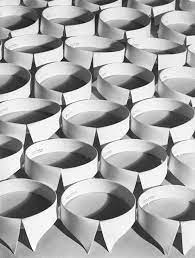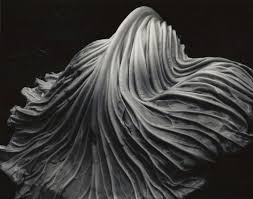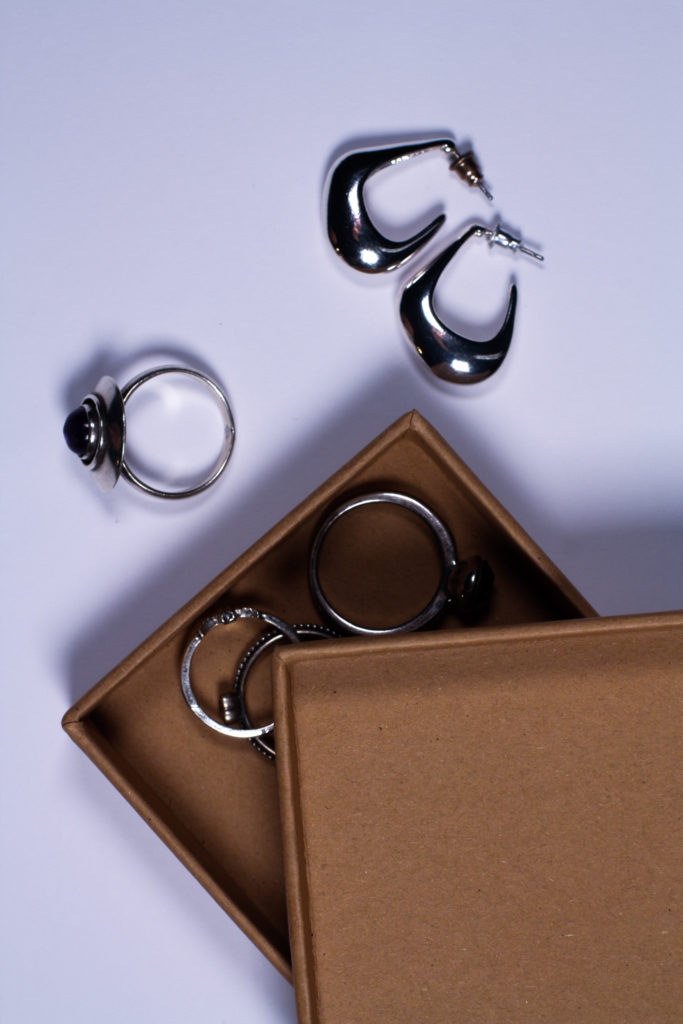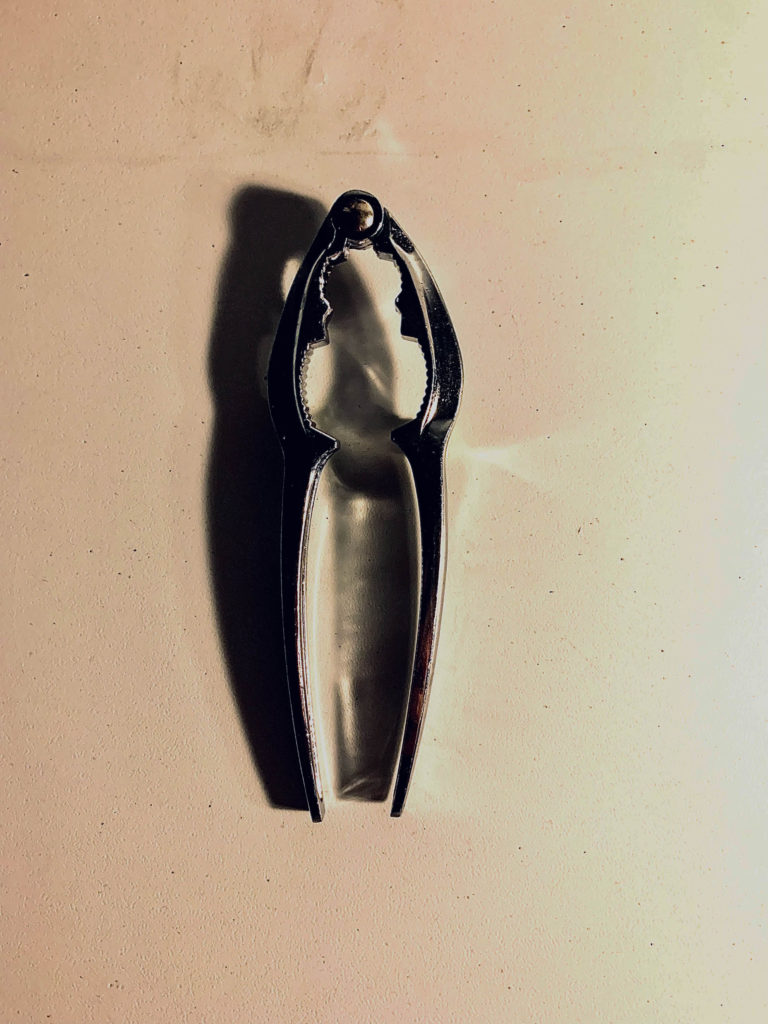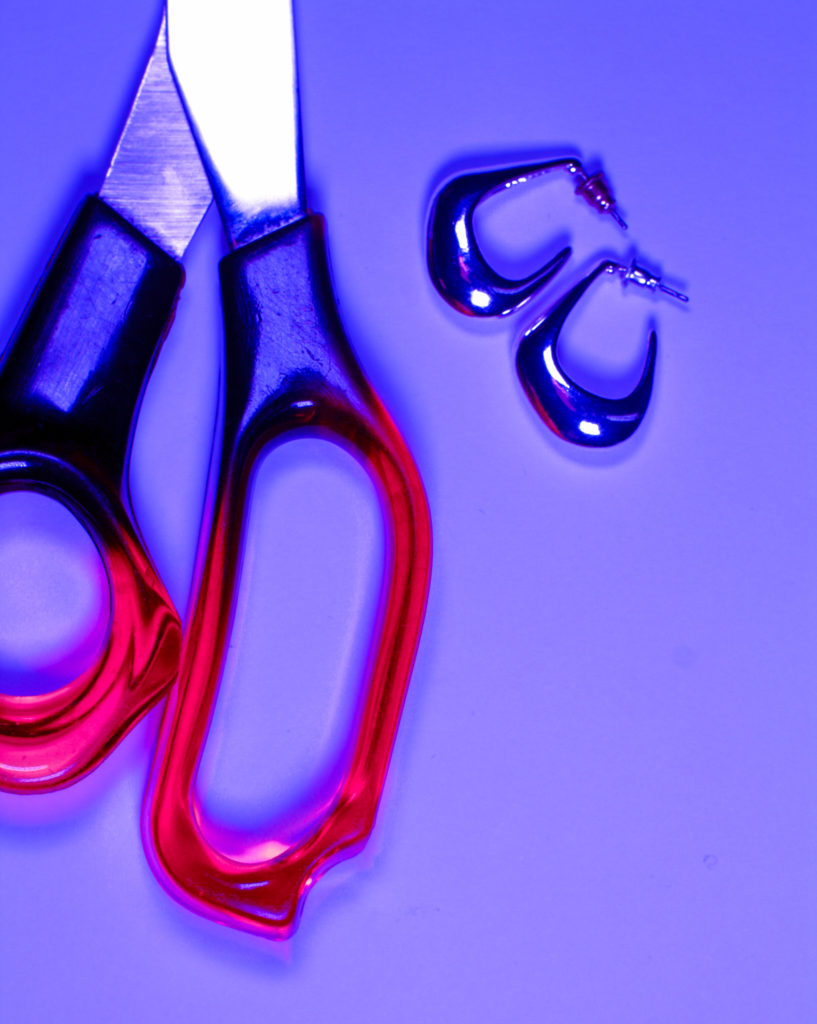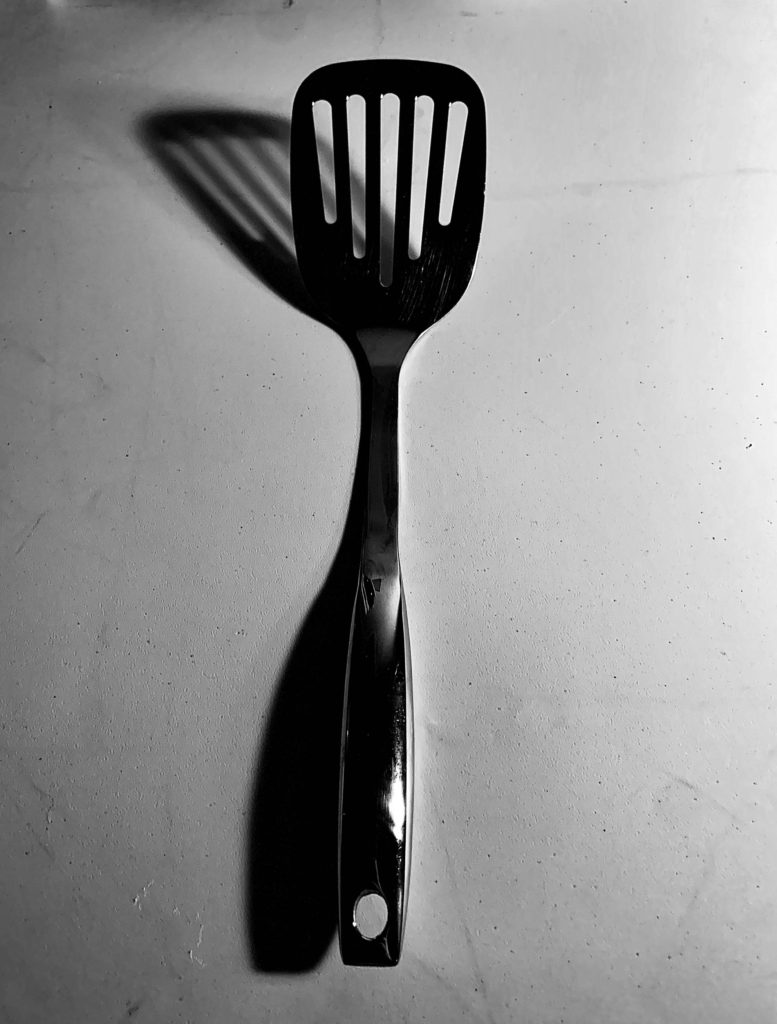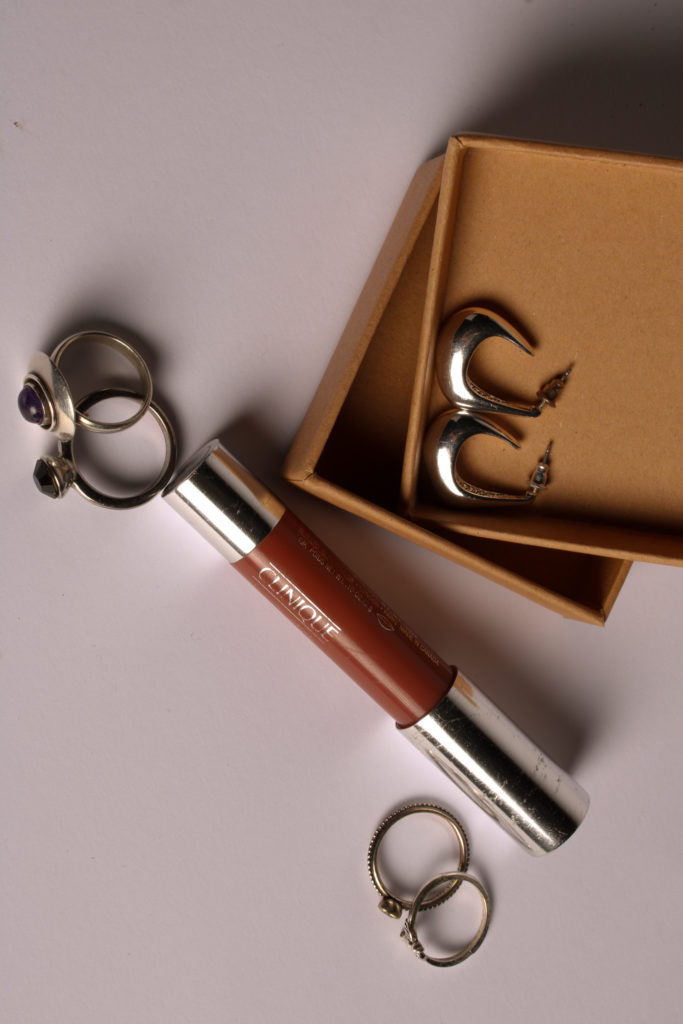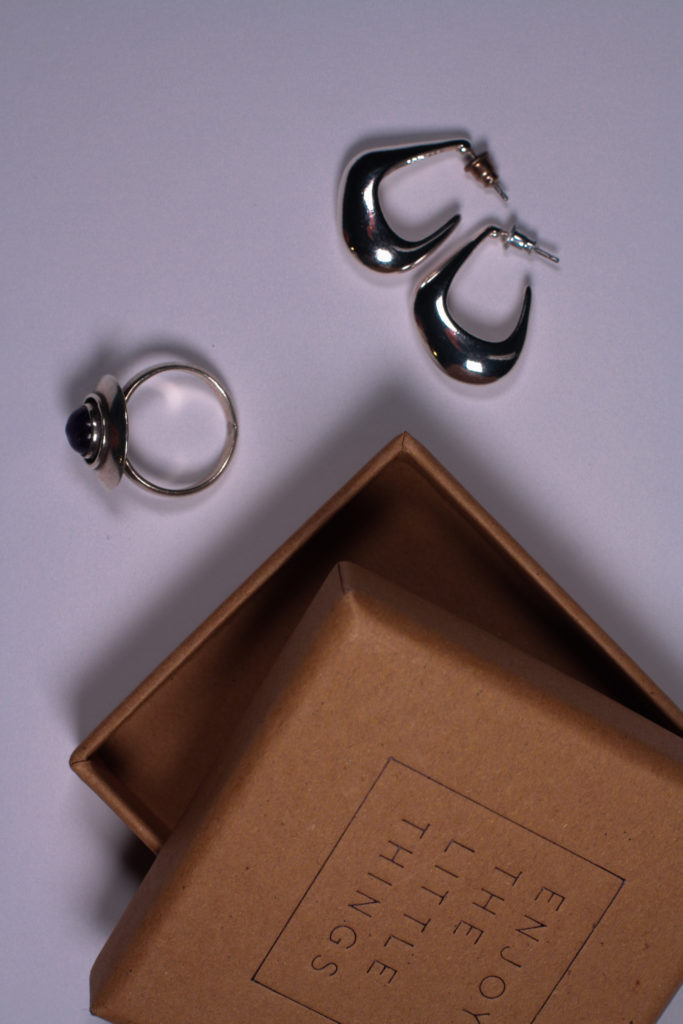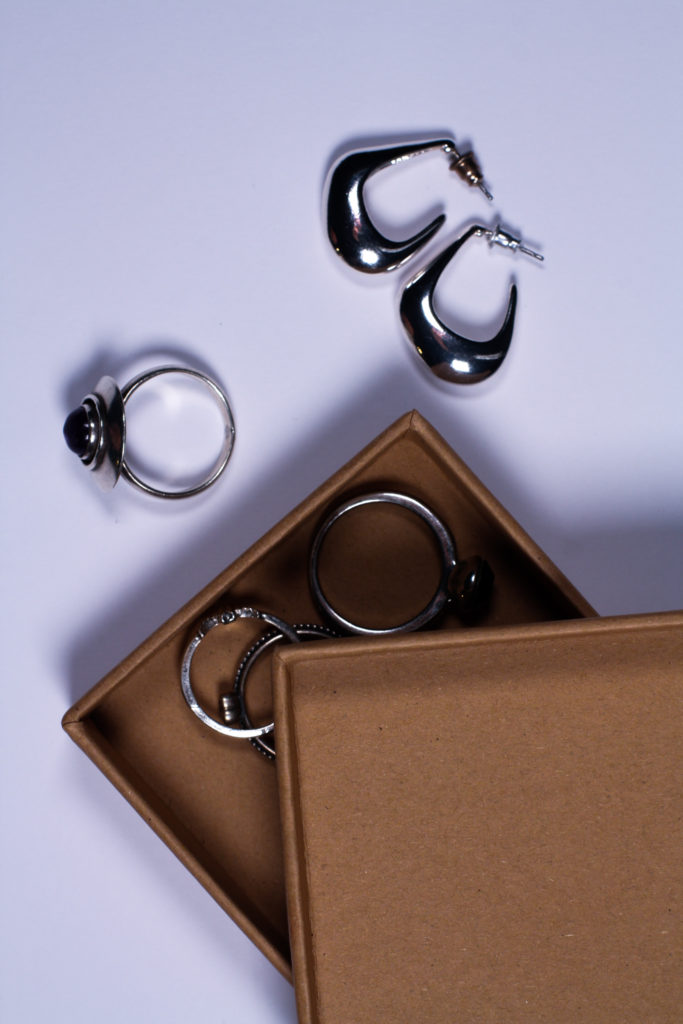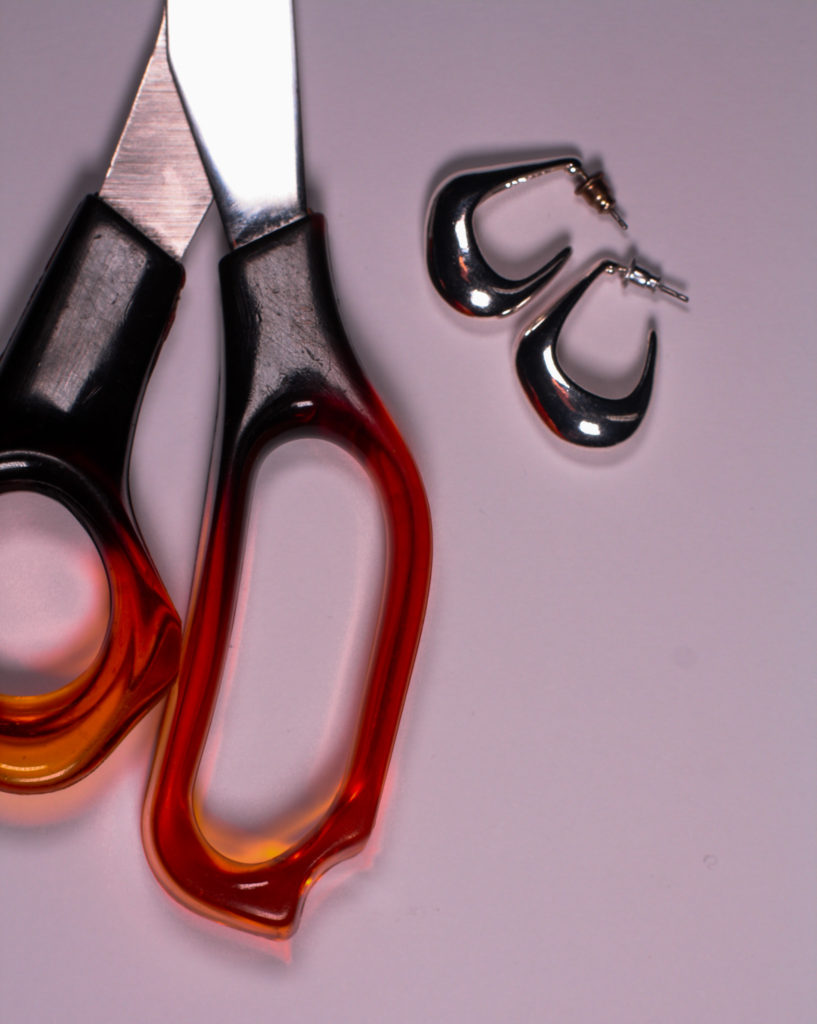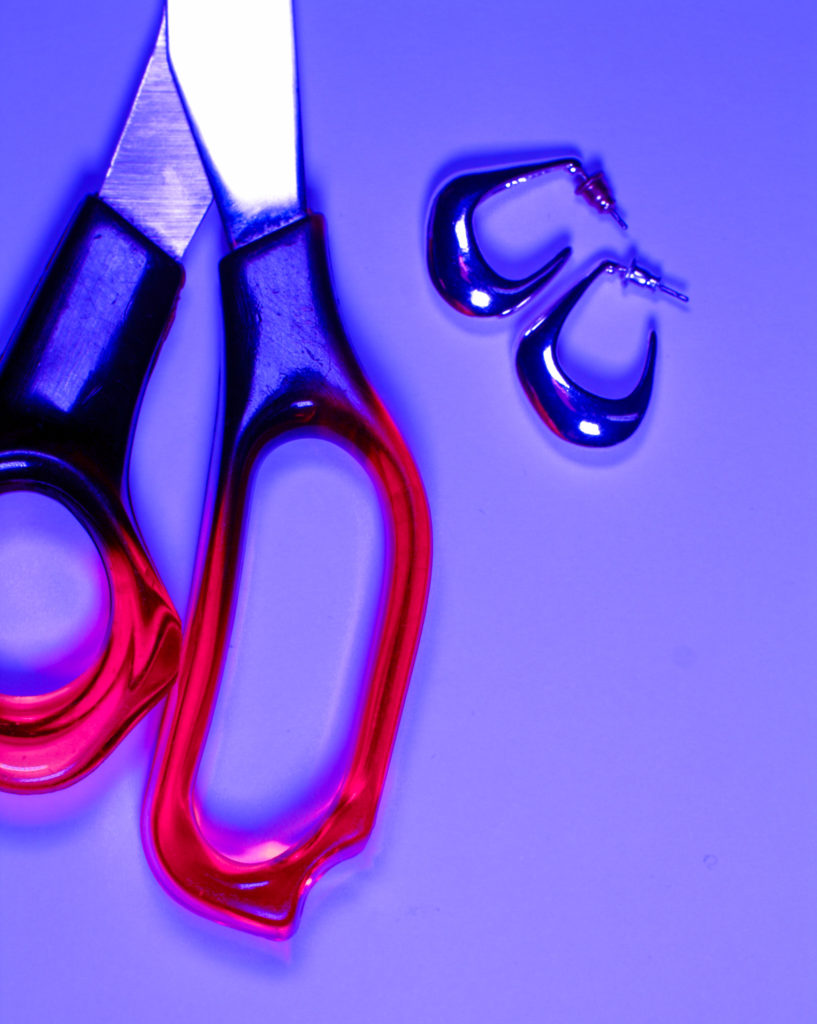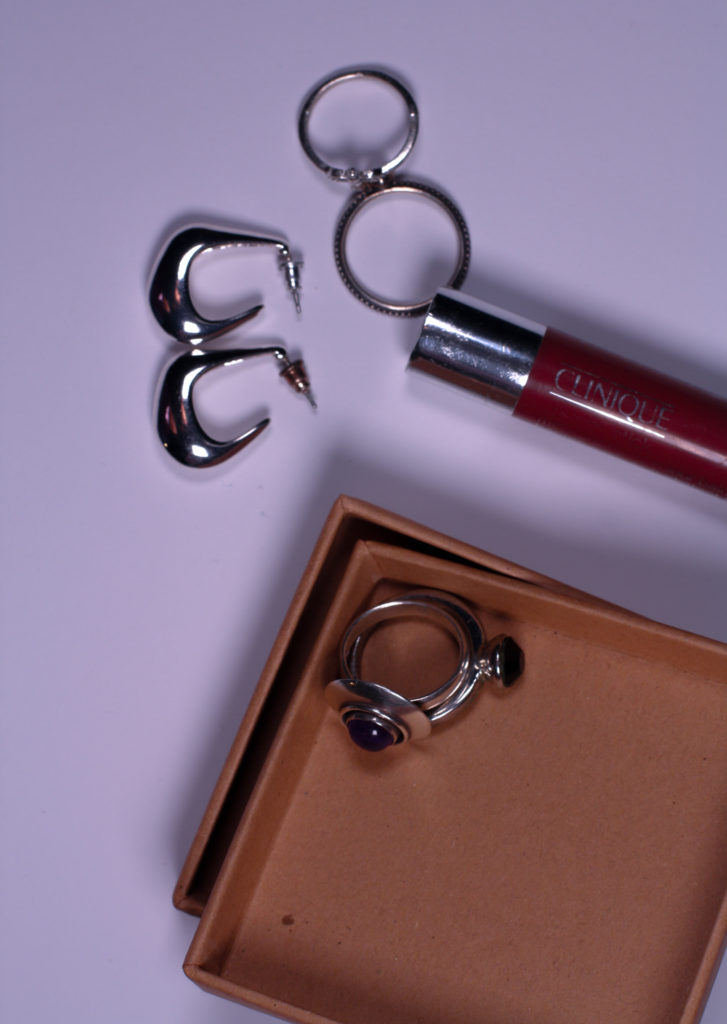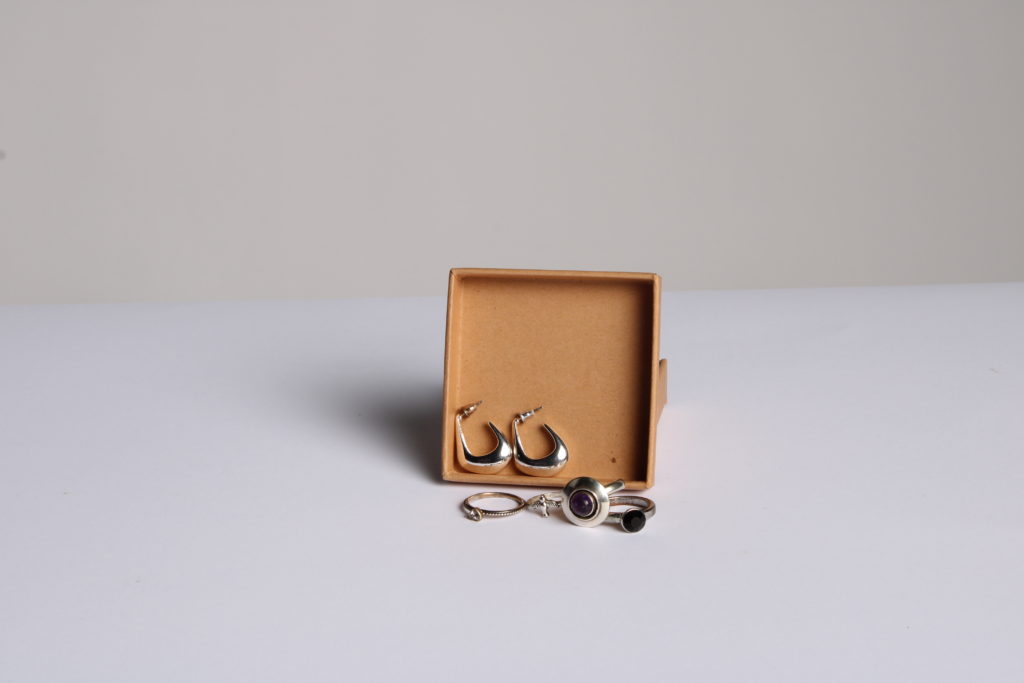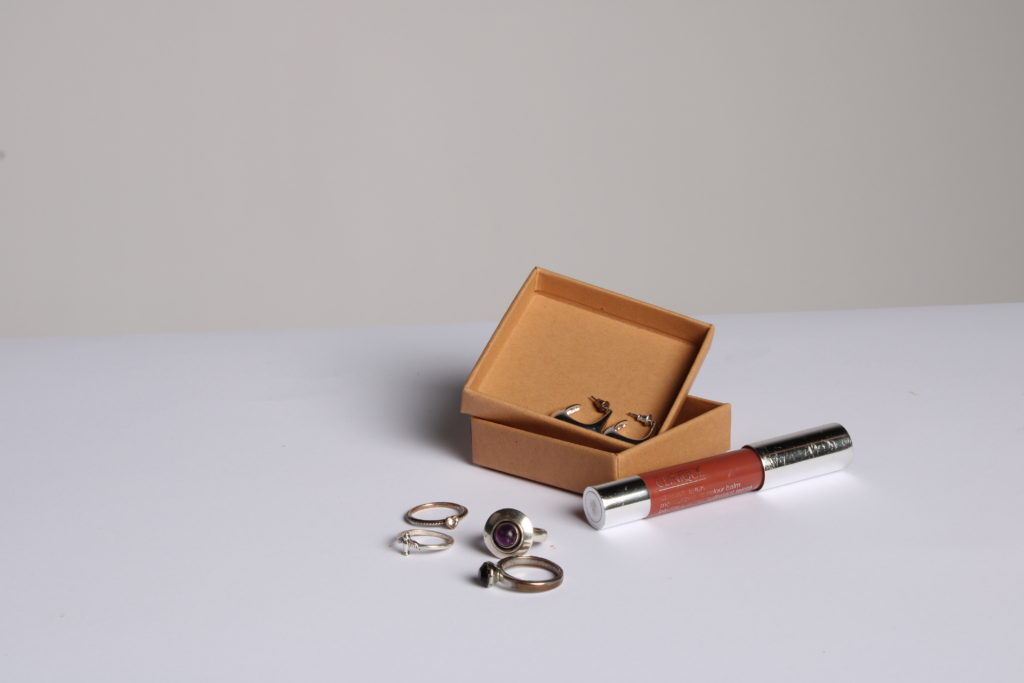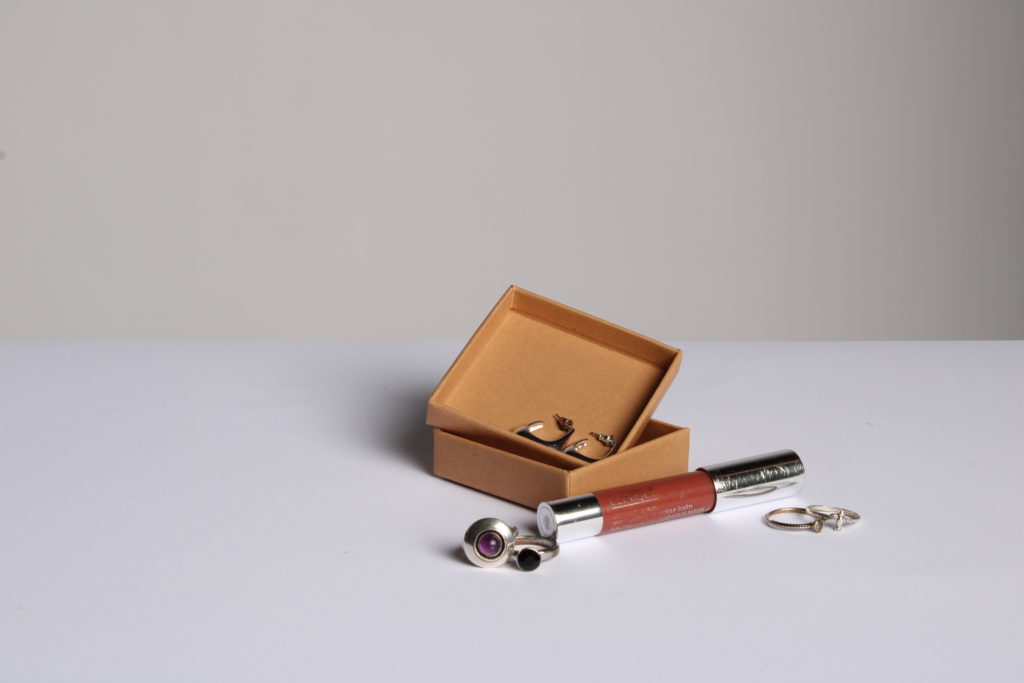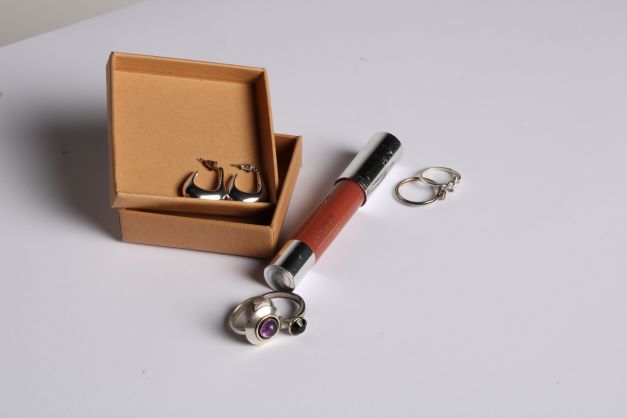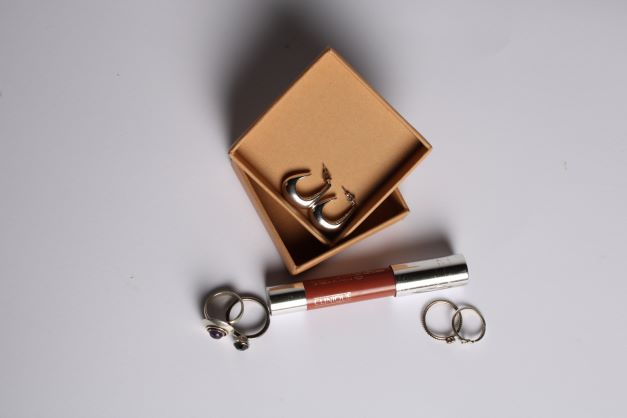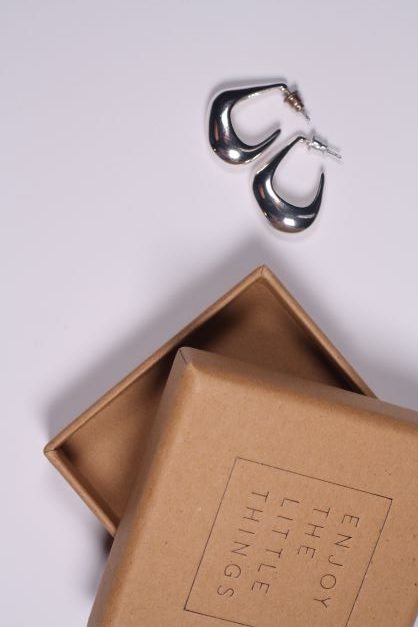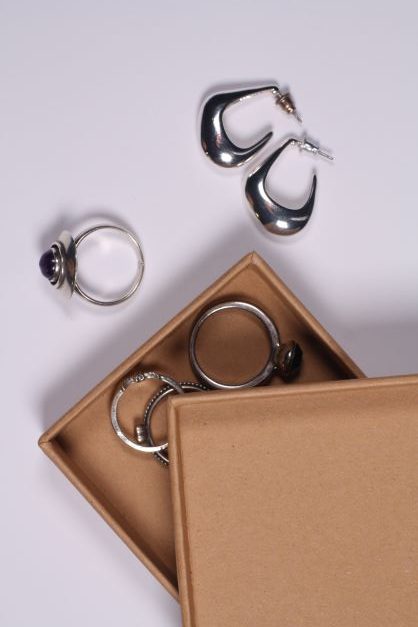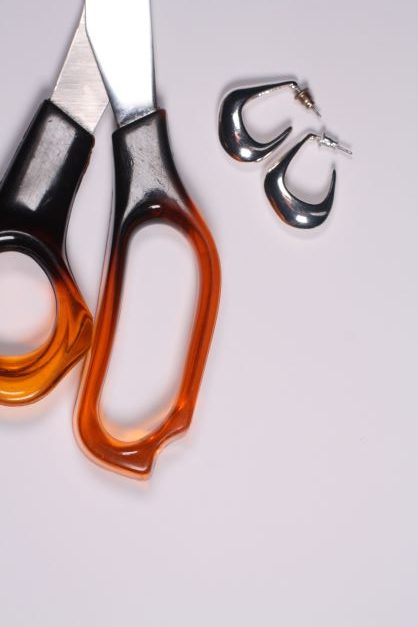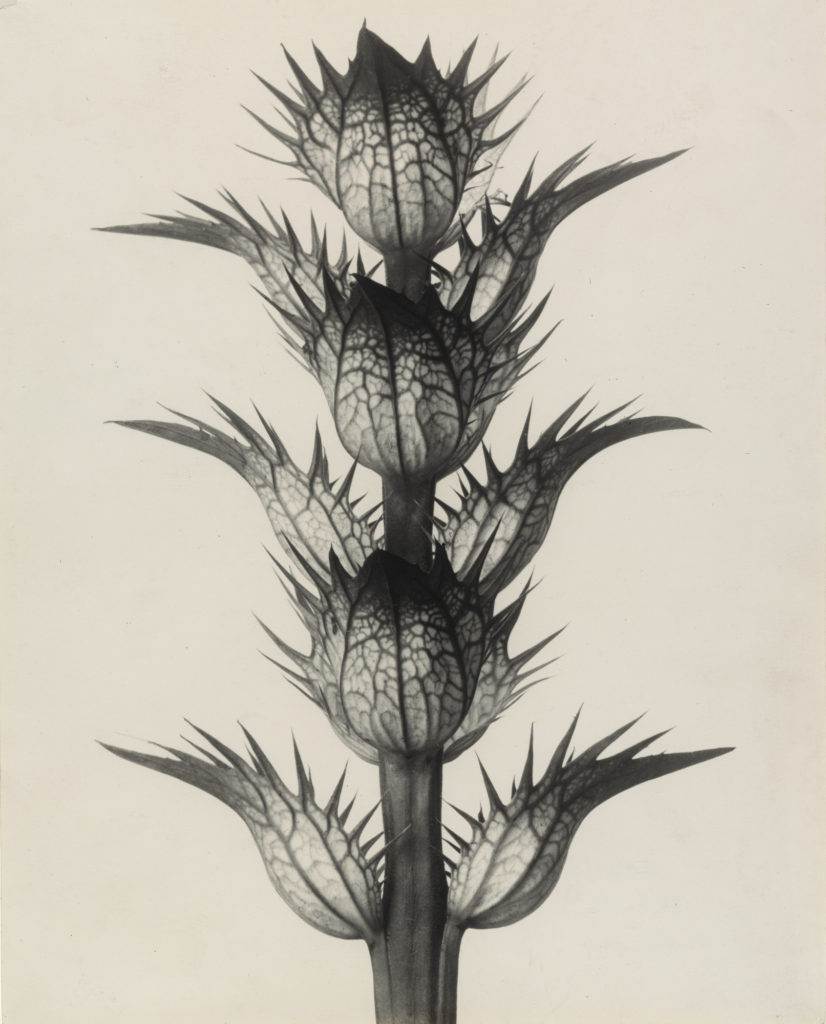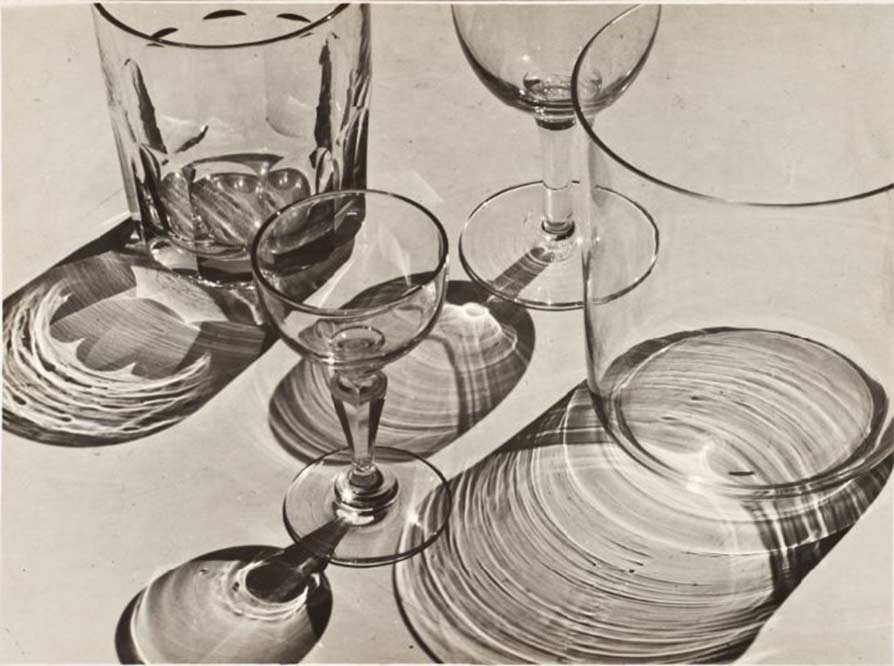These are my final chosen images from the single object photoshoot.
single object edits
Photo montages

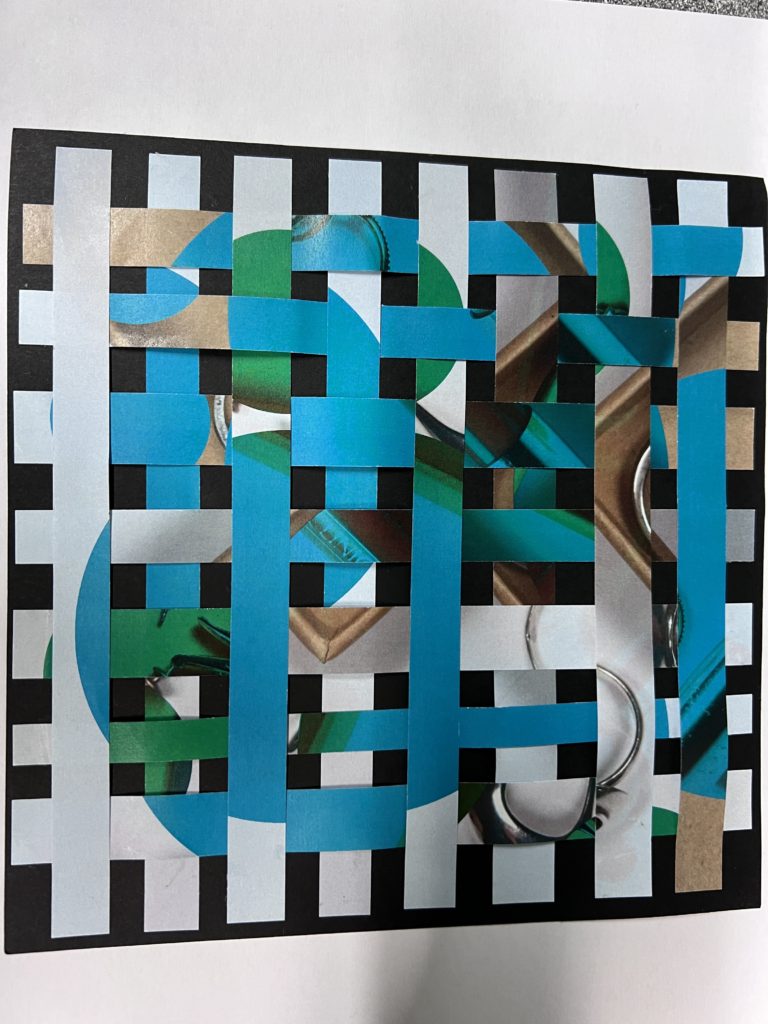
Artists references
Walker Evans


Walker Evans was a photographer best known for capturing photos of the great depression who was known for using 8×10-inch view camera. his photos above are from his American Photographs collection which capture real life and shows emotion of how people were feeling during the great depression from 1929-1939.
All photos were shot in Black and White using a 8×10- inch view camera. In addition, all the photos include either a rural or industrial background.
These two photos below prove and show how some people were better off than others during this economic crisis, this is shown through the woman in the bottom photo wearing a fur coat, looking ‘put together’, where as, the children in the photo just above it are wearing unclean dirty clothes standing in front of a wrecked shack.
Furthermore, the contrast between these two photos lures the viewers in, to know why they might be in this position leading them to research and learn about the Great Depression. It also creates meaning and emotion for the photos.


Darren Harvey-Regan




Darren Harvey-Regan is a graduate of the Royal College of Art. His work has appeared in exhibitions and publications internationally. Darrens photography stands on the line of both photography and sculpture and focuses on the changes of meaning and definition between a subject.
The photos of the rocks above are sculptures he made himself of chalk collected from the south of England which adds texture, and form to the image.
MARY ELLEN BARTLEY
What Style of Photography does she do?
Mary Ellen Bartley is known for her photographs exploring the tactile and formal qualities of the printed book, and its potential for abstraction. Bartley’s work concerns itself with geometry and pure form; painterly in style, her photos also invite curiosity about the layered histories of the books themselves. Her photos are alive with questions – about what we do and don’t see and the stories we tell. Yet the spirit of her work provides a reflective response, a respite, from a noisy and chaotic world.
HER WORK;



‘7 things again and again’
Bartley chose a set of seven common household items, and committed to photographing them each day for the thirty days of April. Her seven elements remained recognizable but were detached from their everyday function, serving instead as an exploration of form and process. Experimenting with exposure, depth of focus and subtle variations in light and shadow, Bartley transformed the quotidian objects into moments of stilled time
single object photoshoot
shutter Speed
What is shutter speed?
Shutter speed is the speed at which the shutter of the camera closes (the amount of light the camera takes in).
A fast shutter speed creates a shorter exposure. If less light reaches the sensor the image is darker, which creates a clear frozen action. When using a fast shutter speed, you can eliminate motion from fast moving objects, for example cars driving past on a busy road or dancers performing on stage.
A slow shutter speed gives the photographer a longer exposure; the more light that strikes the sensor results in a brighter image, creating a more blurred action. When you use a slow shutter speed you expose your sensor for a significant period of time (which can result in motion blur). If your shutter speed is long the moving subjects in your photo will appear blurred in the direction of motion. This is useful when photographers want to create energy and movement in their images.
Overall a quick shutter speed creates a frozen action, while long shutter speed creates an effect of motion when you photograph moving objects.
Shutter speeds are typically measured in fractions of a second.
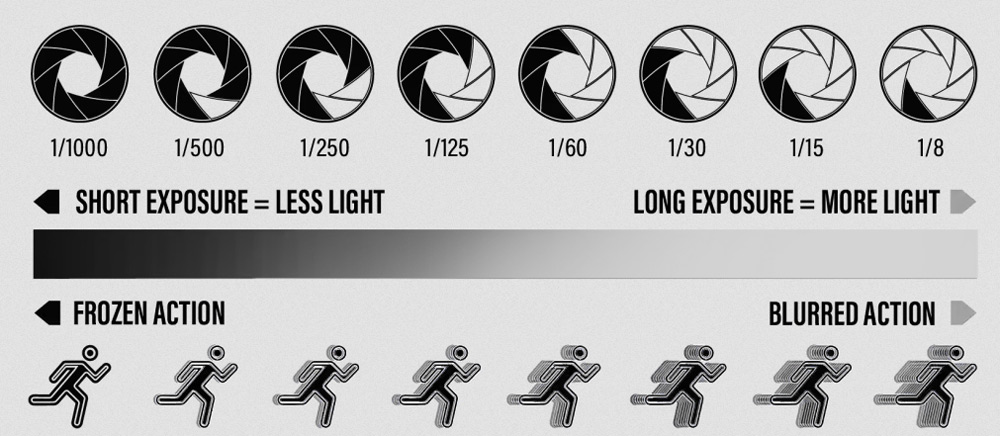
John Baldessari
John Baldessari was known as an American conceptual artist known for his pioneering use of appropriated imagery (reusing objects or images in their art). By blending photography, painting, and text, Baldessari’s work examines the plastic nature of artistic media while offering a commentary on our contemporary culture.
In 1973 John Baldessari attempted throwing 3 balls at once trying to line them up in midair (which took thirty-six attempts).

photoshop EDITS
First I chose my background

Next I had to open the image I used as my first layer

Then I used the ‘rectangular marquee’

I ‘cleared’ the half I didn’t want in the image

new objectivity
What is New Objectivity?
it was a movement in German art that began in the 1920s to oppose expressionism. Its rejects self-involvement and romantic idealism. This is shown through modern photographers such as Karl Blossfeldt and Albert Renger-Patzsch. Their photography simply photographs objects or plants without any context or interesting backgrounds added. This removes the idealized aspect from their work, like they did with new objectivity back in the 1920s.
New Objectivity At Home Photoshoots
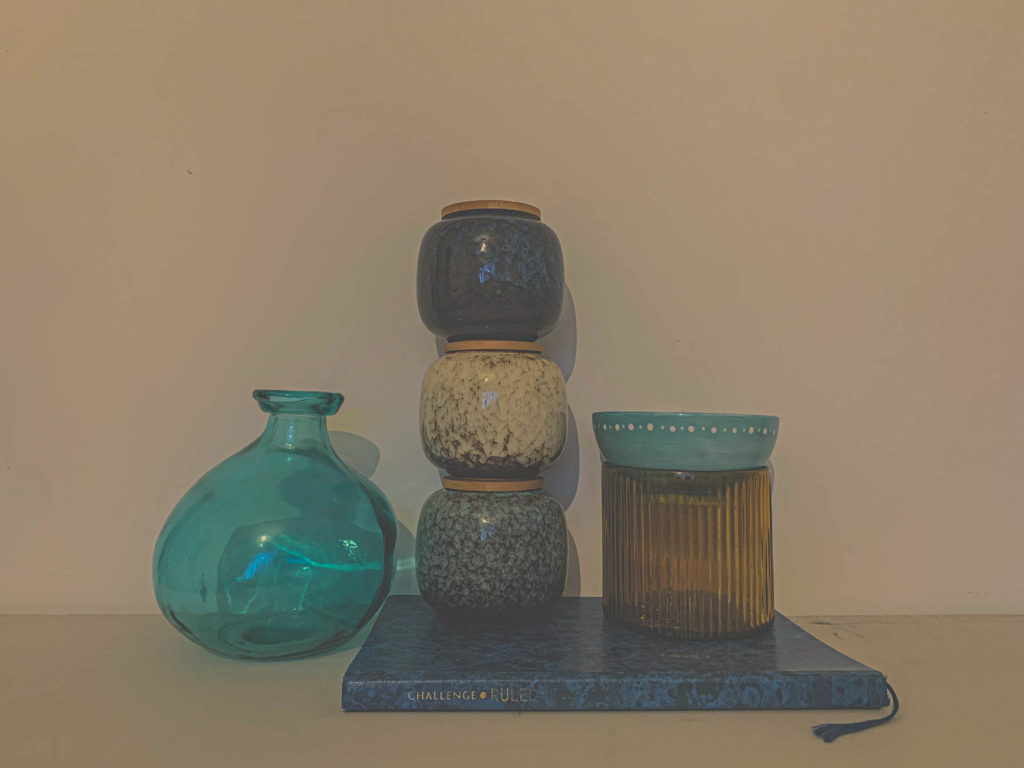
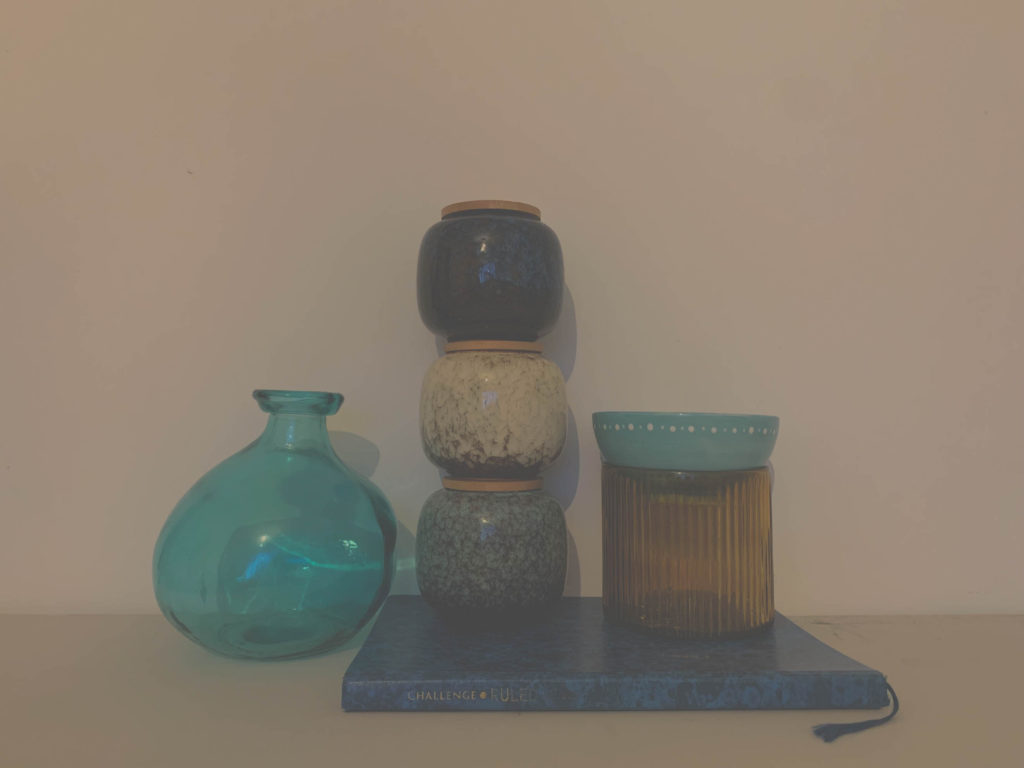
The exposure and texture on these two images has been turned down to make it appear cloudy and not as saturated 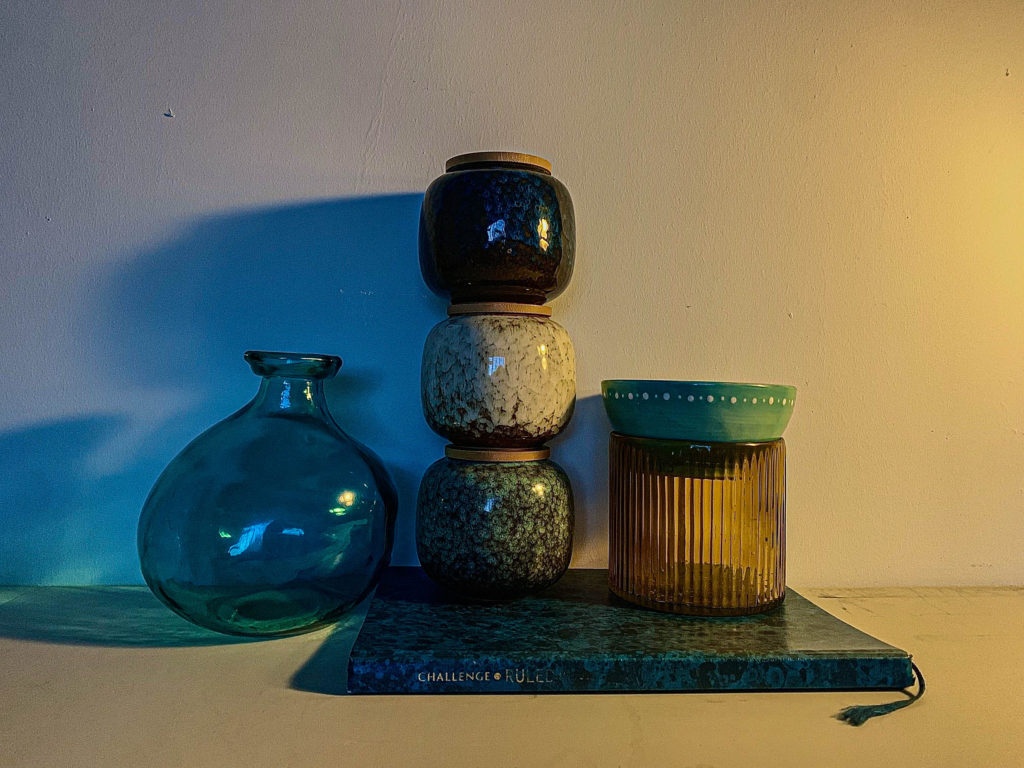
The exposure and saturation is turned up on this image so it looks rich 
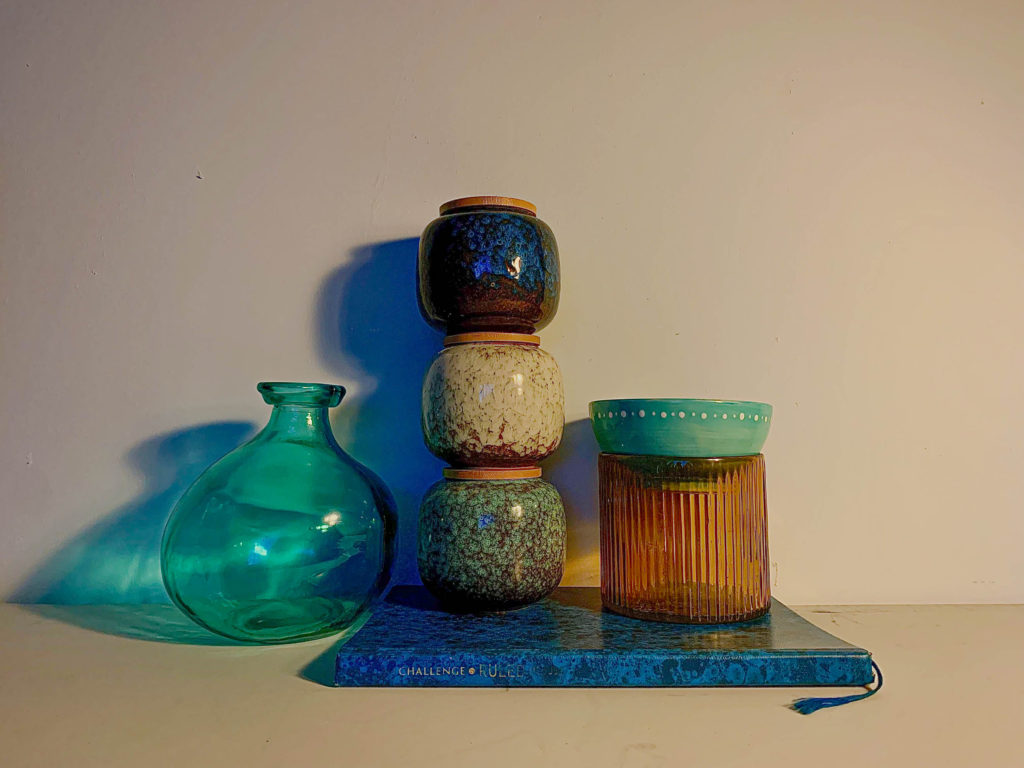

I decided to turn down the tone on this image to create a green/ yellow, dark aura 
This image is very tonal, not a lot of colour to it 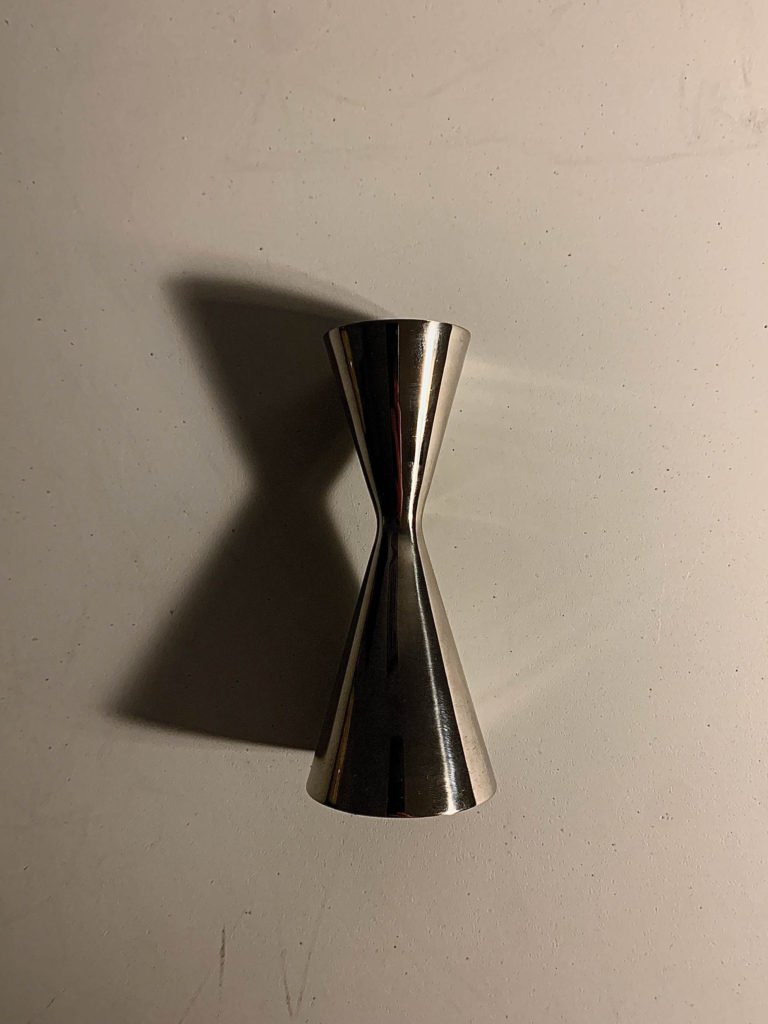
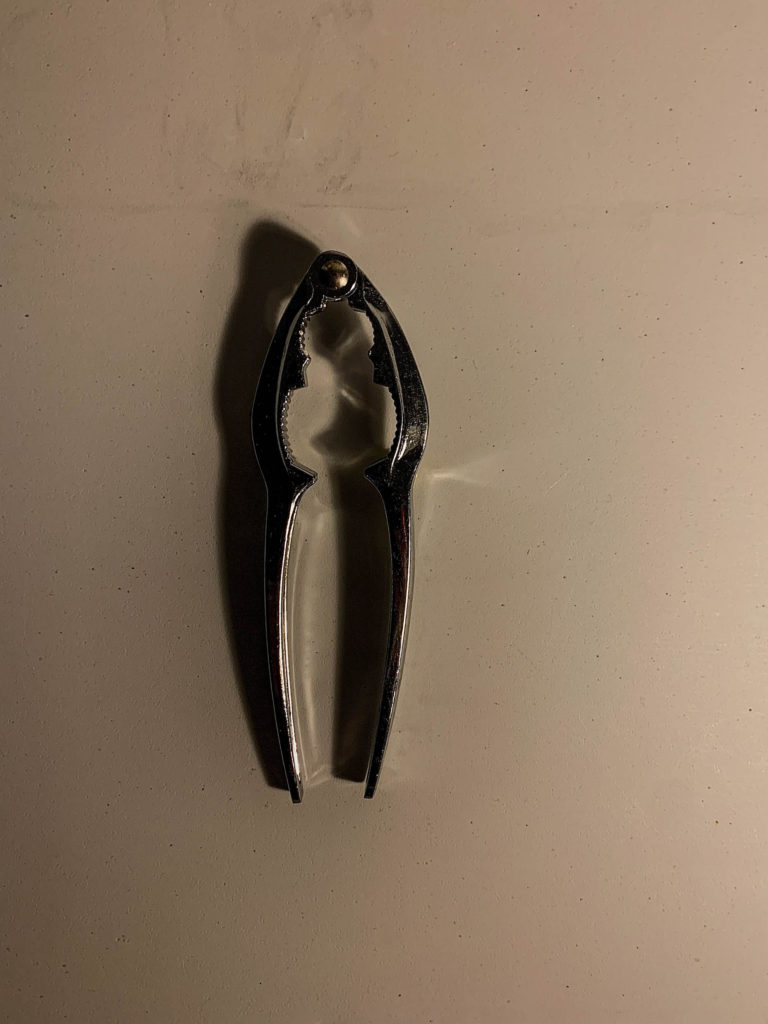
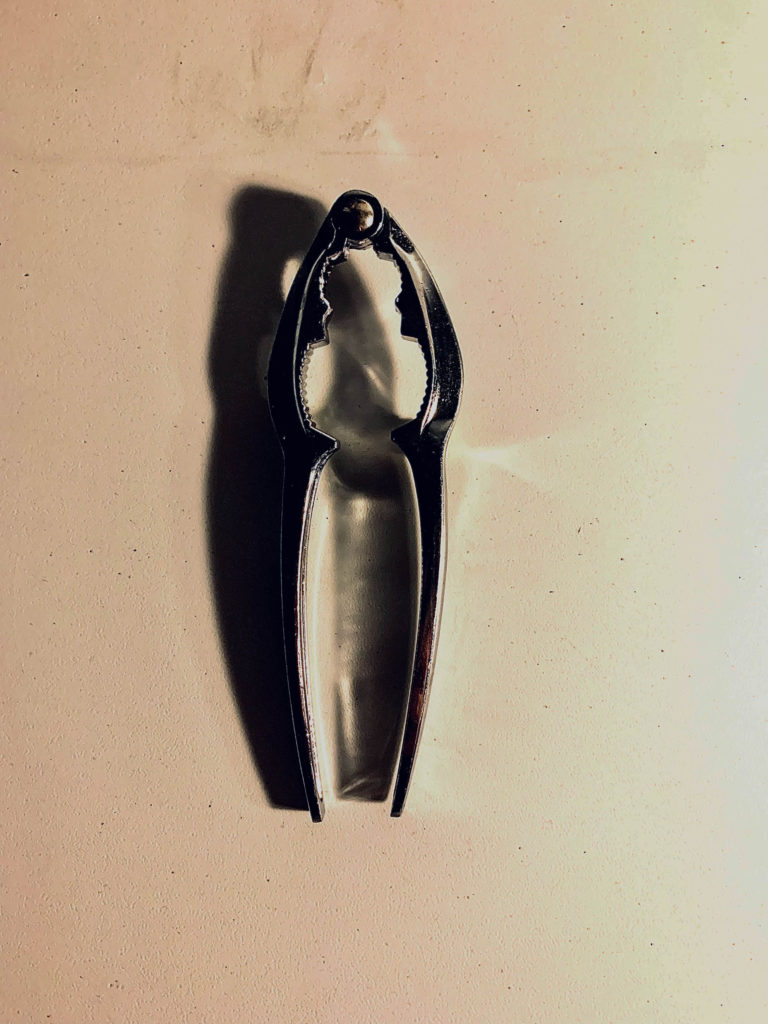
The highlights and saturation is increased in this image which creates the pink shadow 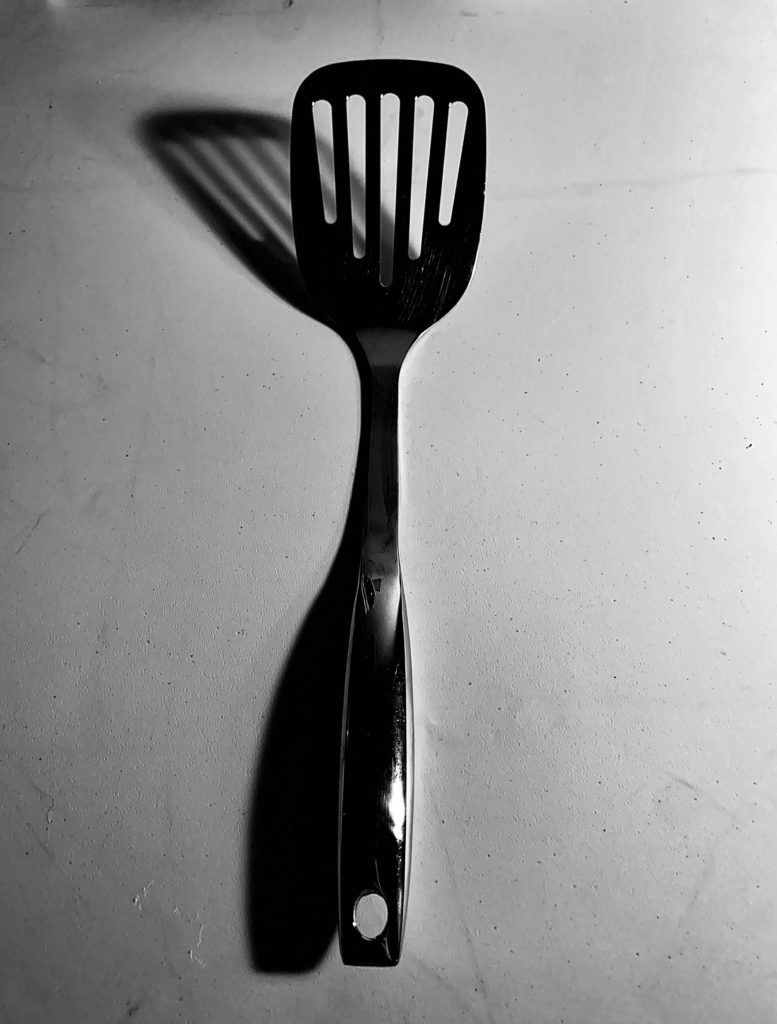
I made this image black and white
New Objectivity
What is New Objectivity?
The New Objectivity was a movement in German art that arose during the 1920s as a reaction against expressionism. As its name suggests, it offered a return to unsentimental reality and a focus on the objective world, as opposed to the more abstract, romantic, or idealistic tendencies of Expressionism.
